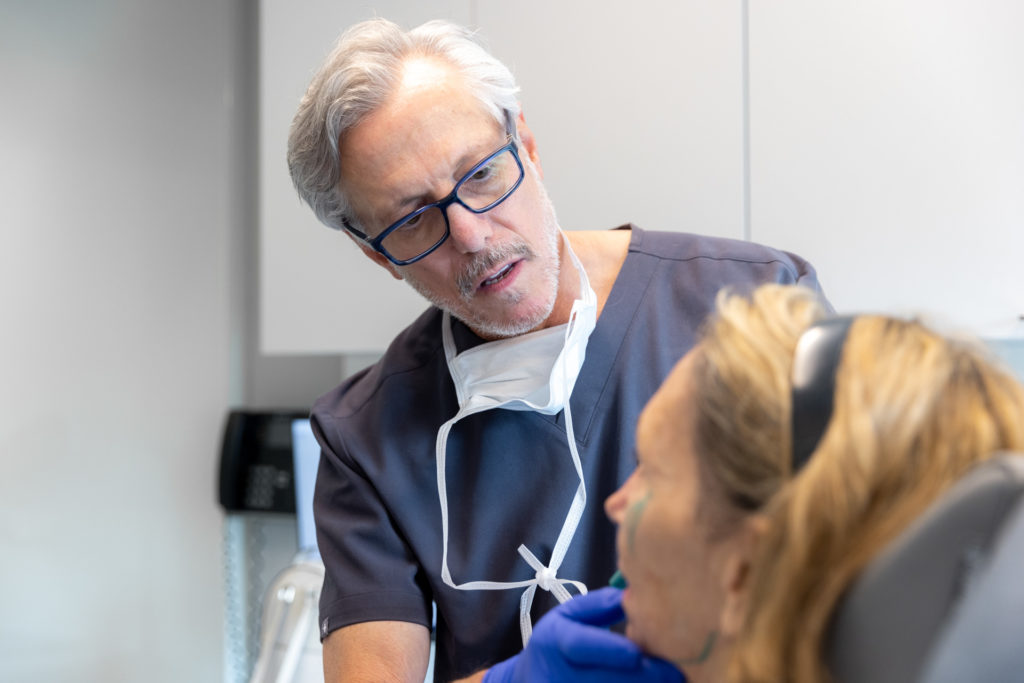
NEW YORK, NY
I got a taste for teaching facial plastic surgery going back to my residency where I presented at a national meeting in front of hundreds of practicing physicians. One year and two other journal publications later, I was asked by my facial plastic surgery fellowship preceptor and mentor Dr. William Friedman to co-author two chapters for an upcoming textbook in facial plastic surgery.
- Friedman W.H. and Pearlman S.J., Preoperative Evaluation and Patient Selection for Blepharoplasty. Aesthetic Facial Surgery, Krause, C.J. ed. J.B. Lippincott Company. Philadelphia 1991.
- Preoperative Evaluation and Patient Selection for Rhinoplasty. Aesthetic Facial Surgery, Krause, C.J. ed. J.B. Lippincott Company. Philadelphia 1991.
I recall a lot of pressure to write something that was befitting sharing authorship with such a respected physician plus the knowledge that it will likely be read by thousands of peers. As a fellow, I rounded daily in the hospital with residents from Columbia Presbyterian Hospital. Thus began my academic career. Teaching is a big responsibility. It requires me to be on top of my game at all times. At rounds, answers to residents’ questions need to be precise and accurate. Teaching in the operating room requires comprehensive understanding of the procedure, background, reasons for all maneuvers and discussion of potential complications (and how to avoid them, of course).
Over the past 22 years in practice, I have authored over two dozen articles in peer reviewed journals (the most recent on revision rhinoplasty) and textbook chapters (the most recent on Endoscopic Browlift) and have given hundreds of lectures on various topics in facial plastic surgery. I now teach my own fellows as well as residents. Currently I have a fellow, Dr. Jason Moche, who is about to graduate. We are working on a combined project looking at revision rhinoplasty. I also have two ongoing research projects with residents on rhinoplasty techniques. So, if you want to find a surgeon who is on their toes and knows the latest about their specialty, look for those who teach.




